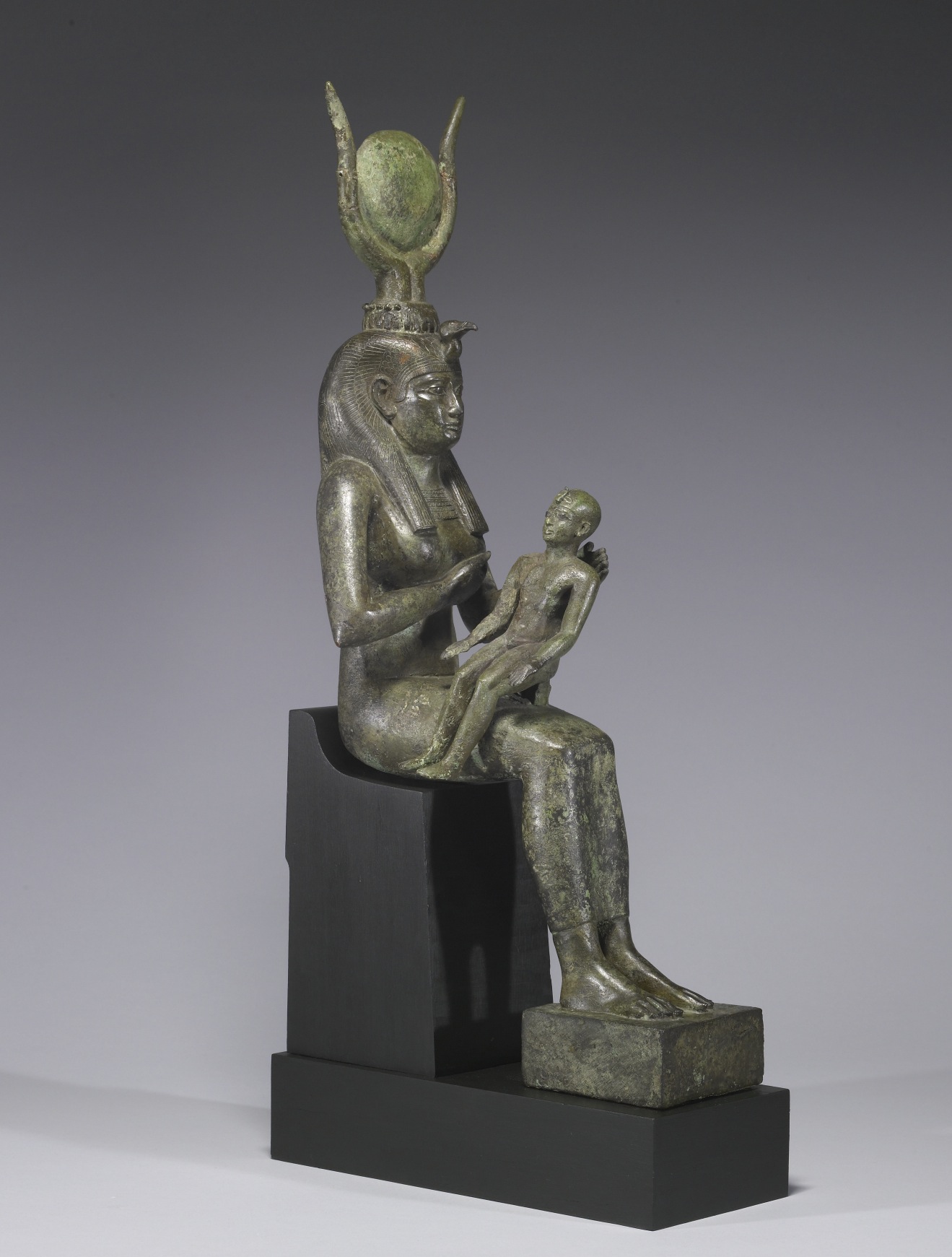"Selections from the works of Rudolf Steiner" is a series of book containing...well, selections from the works of Rudolf Steiner. This Austrian polymath and visionary was the founder of Anthroposophy, a "spiritual path" that has spawned both bio-dynamic farming, Waldorf education and the Camphill movement.
"The Goddess" seems to be an attempt by the publishers to jump on the
Neo-Pagan/New Age Goddess bandwagon. However, I never got the impression from
Steiner's other writings that the Goddess plays a central part in
Anthroposophy. The most important figures in Anthroposophical mythology are
male (some by implication): Lucifer, Ahriman, Christ and Christian Rosenkreutz.
Other important male figures include the German poet Goethe and Steiner
himself. However, since Steiner's collected works are pretty much legion, I
suppose it's possible to mine at least *some* references to the Goddess from
them, enough to fill 96 small pages...
As usual, Steiner's lectures are a weird blend of the interesting, the
bewildering and the plain silly. Steiner wasn't "scholarly" in his
approach to Goddess mythology (or pretty much anything), relying instead on his
purported clairvoyance and occult power to read the Akashic Records. Don't use
this book for your term paper in comparative religion!
My impression is that Steiner uses the Goddess as a mere symbol for very
different spiritual realities. If there is any connection at all, it seems to
be the idea that the "goddess" is the pantheist force behind the
universe. The goddess Natura supposedly harks back to a time when ordinary
mortals still had clairvoyant powers and could see that nature is an expression
of a spiritual reality. This clairvoyance was somehow connected to the mystery
cult of Demeter and Persephone. The sages of the Middle Ages still knew about
Natura, but had lost the clairvoyant ability. Steiner claims that Joachim of
Fiore was an initiate, and the same goes for Dante's teacher Brunetto Latini.
In another text, Steiner identifies another goddess, the Virgin Sophia, with
the individual believer, who must become pure like the Virgin Mary to receive
illumination from on high.
In yet another text, Steiner discusses the mysteries of Isis and Osiris,
claiming that a new version of the myth is needed in the modern world. In the
new mysteries, Isis is killed by Lucifer, not the traditional devil but the
Anthroposophical character known by that name. Lucifer then spreads her out on
the firmament, while humanity (fooled by both Lucifer and another devilish
figure, Ahriman) interprets "Isis" in materialist-mechanistic terms
as a dead cosmos. However, if we let the power of Christ grow within us, we
will be able to comprehend Isis as the spiritual power she really is. In the
original legend, Osiris ("Christ") was killed and had to be found
again, in the new legend Isis is killed and has to be rediscovered.
The silliest part of "The Goddess" is Steiner's exposition of the
Gospel of John. Not only does he claim that John was connected to the cult of
Diana at Ephesus, he also compares the Anthroposophical temple in Switzerland,
known as the Goetheanum, with the ancient temple of Diana. After all, both were
destroyed by fire. As for the Word or Logos mentioned in the gospel, this is
apparently an actual sound which Steiner claims he can hear with the help of
his occult powers. The sound is supposedly made by old skeletons and fossils,
so when Steiner visited a natural history museum in Trieste, the place reminded
him of a symphony orchestra! With a straight face, Steiner also tells us how
animals originally evolved. Well, they didn't really evolve at all. Rather, a
substance similar to chalk interacted with "fluid albumen" (whatever
that is) in the Earth's atmosphere, where cosmic forces had already created
animal forms. The chalk created animal bones, turning the etheric forms into
material creatures, and voila, fully-fledged animals more or less dropped down
from the sky! With a splash? By contrast, plant forms appeared in silica as
green and fading clouds...
Really?
Even apart from this, "The Goddess" is a difficult read, since it
presupposes a lot of previous knowledge about Steiner's cosmology: the
evolution of consciousness through different planetary incarnations and world
epochs, Lucifer and Ahriman, the Mystery of Golgotha, occult physiology, etc. I
suspect that this little book is mostly suited for Anthroposophists, while all
others will probably find it incomprehensible...

No comments:
Post a Comment